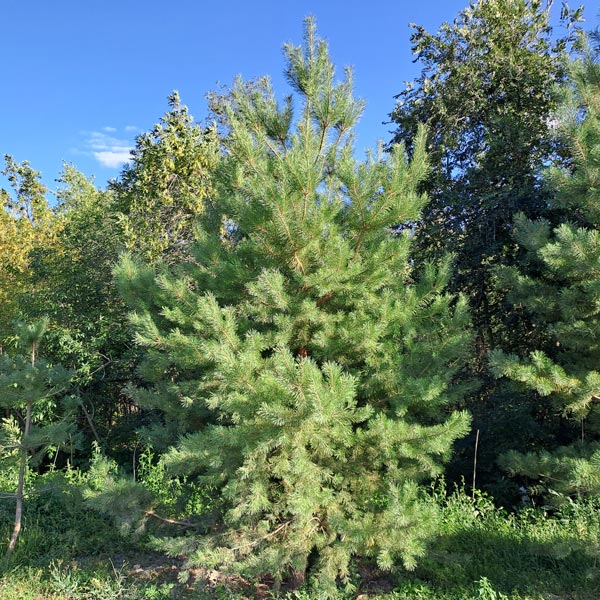For Tree Safety & Health Inspection Services in Fayetteville GA; Call Milam’s Tree Service for Hazardous Tree Evaluations Today!
If you are in the market to purchase a new home you have probably been advised to get a home inspection before making a commitment and signing on the dotted line. A home inspection generally takes care of the property both inside and out but have you ever thought about getting the grounds that surround your potential purchase inspected? Or more specifically the trees; especially if they are in close proximity to the home? Imagine your dismay if you were to purchase a home only to have a large tree fall through the roof a few months later. Or finding that the beautiful old oak tree that you just adore is diseased and will cost thousands of $$$ to remove. Unfortunately most home buyers overlook the stability and health of the trees during the negotiations but it’s always prudent to keep in mind that most home buyers contemplate owning a home for many years so the more knowledge you can acquire before the purchase the better the long term outcome.
Hazardous Tree Evaluations
But it’s not just prospective homeowners that should arrange for a tree inspection, established homeowners can also greatly benefit. You may be surprised to learn that healthy mature trees can add additional value to your property. Even more importantly, a tree inspection can alert you to any potential hazards and help you identify the trees on your property and how to care for them. A diseased tree becomes dangerous when it falls without warning, potentially leading to property damage; especially if it falls on a neighboring home which may even result in a lawsuit. Extensive property damage is one thing, but trees can also cause injury, possibly resulting in death should you or a family member happen to be caught in the vehicle or room of the property that the tree has fallen on.
A Tree Inspection Can Be Performed by Your Knowledgeable Milam’s Tree Service Professional. Your Trees Will Be Inspected for Hazards or Sickness Including:
• Dead or cracked branches
• Trees that severely leaning
• Rotting roots or truck decay
• Insect attacks
• Fungal infections
Should Your Experienced Milam’s Tree Service Technician Finds Anything of Concern, a Comprehensive Plan of Action Will Be Provided That Will Include Recommendations Such As:
• Deadwooding – trimming dead or decayed branches
• Cabling – installing a support to stabilize large sections of a tree
• Tree removal
In Addition to Inspecting Your Individual Trees, We Can Provide Information and Answers to Commonly Asked Questions Such As:
• Are my trees overcrowded? Would removing some benefit the more valuable trees?
• Will a small tree that is planted close to house cause problems with the foundation when it matures?
• What kind of tree selections can be planted to enhance my property?
• What kind of trees will provide the most year round shade?
Why Should You Have Your Trees Inspected by a Milam’s Tree Service Professional?
• To keep your trees safe and healthy – our technicians will address signs of disease and decay and provide you with best possible action plan.
• To educate you on potential problems that arise in a particular species as it matures – our technicians can help you select the best trees to plant depending on conditions along with suggesting preventative measures before problems arise with established trees.
• To understand the needs and weaknesses of mature trees – it is a common mistake to assume that size equals strength and stability. The truth is that older trees are often more fragile than younger ones and are much more vulnerable to disease.
• Identify the types of trees on your property – by identifying and helping you to understand the needs of the trees on your property, our technicians will ensure that your trees are kept healthy so you can preserve them for the next generation to enjoy.
Ideally trees should be inspected at least once every couple of years to monitor their health and safety. Your Milam’s Tree Service professional recommends more frequent inspections during excessive rain or flooding or periods of drought. It’s also a good rule of thumb to have your trees inspected after a severe storm, especially if you see broken or hanging branches.










